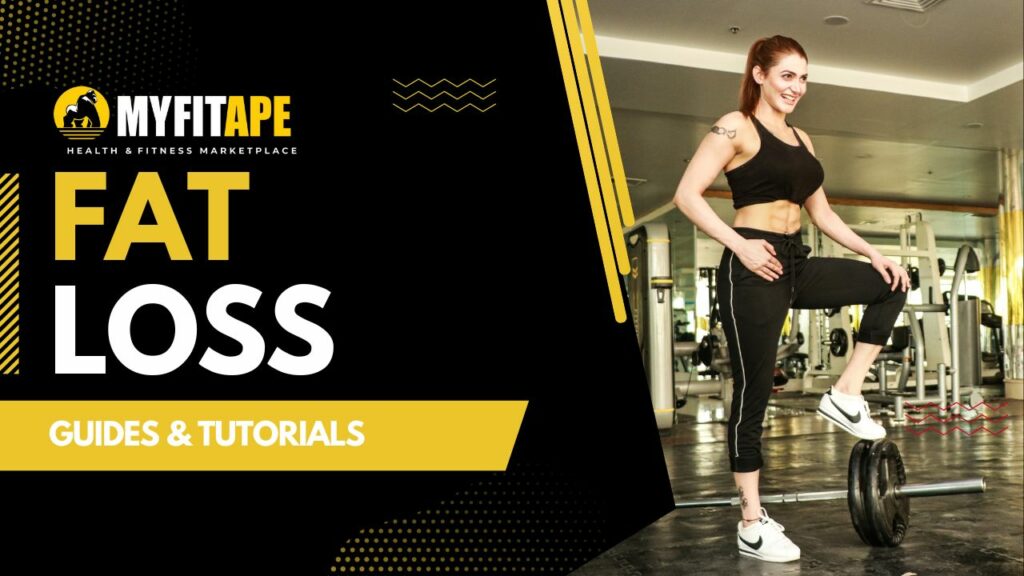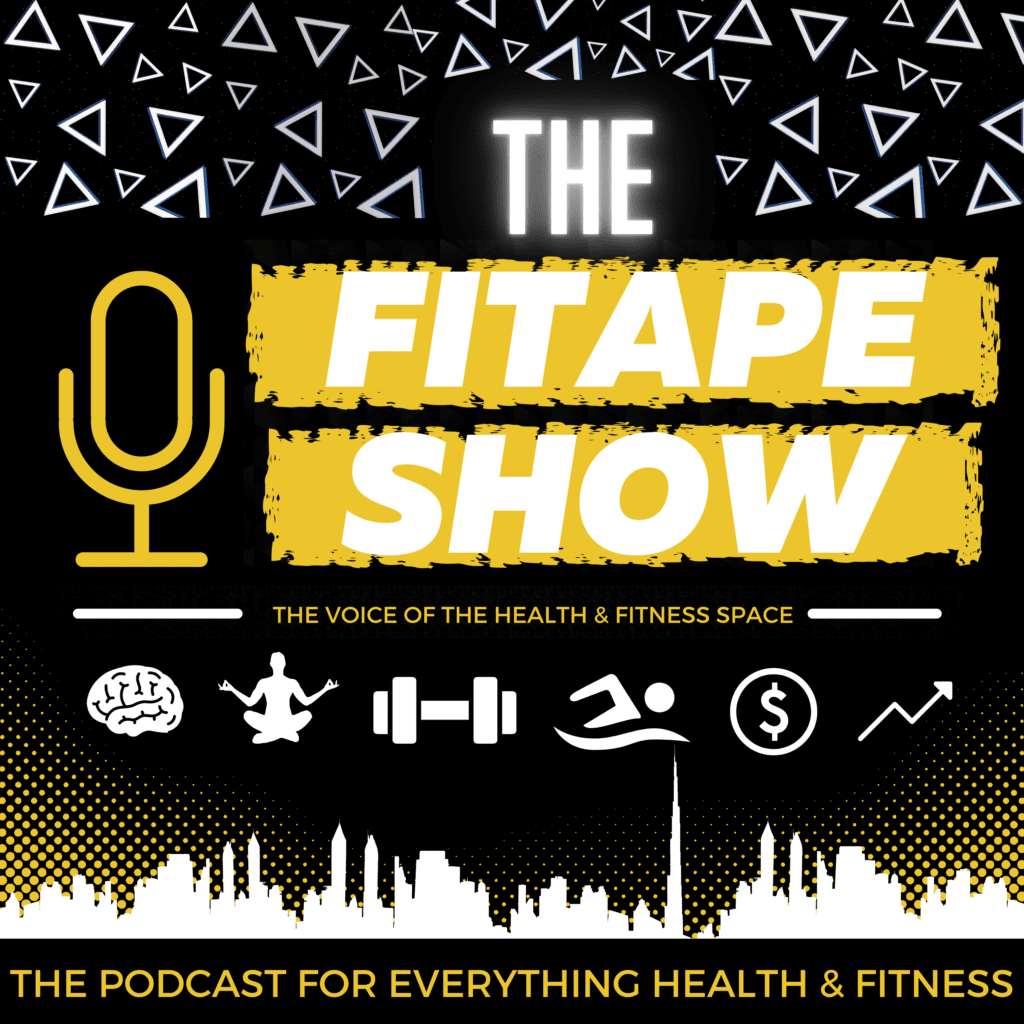Post-workout cardio is an effective way to burn fat and improve your overall fitness. It encourages your body to use energy more efficiently, and can even help boost your metabolism. But like any other form of exercise, post-workout cardio needs to be done correctly if you want to get the best results.
What is Post-Workout Cardio?
Post-workout cardio is any form of cardio done after a workout. The main aim of post-workout cardio is to burn fat while also helping your body to recover and refuel quicker. Post-workout cardio includes activities such as running, cycling or swimming.
How Does Post-Workout Cardio Help With Fat Loss?
Post-workout cardio is beneficial for fat loss because it helps to increase your body’s metabolic rate. Metabolism is the rate at which your body burns calories and when you increase your metabolic rate, you burn more calories throughout the day, even when you’re not exercising. Post-workout cardio helps to do this by challenging your body in a way that regular gym exercises such as weight lifting don’t.
Benefits of Post-Workout Cardio
- Burn more calories
- Aid in muscle recovery
- Increase your metabolic rate
- Improve cardiovascular health
Tips for Post-Workout Cardio
- Interval training is highly effective for fat loss, alternating between high-intensity bouts and low-intensity rest periods.
- Keep your post-workout cardio session short and sweet, anywhere from 20 to 30 minutes is enough.
- Do your post-workout cardio in a fasted state for the most effective fat burning.
- Make sure that you give your body enough time to recover between post-workout cardio sessions.
FAQ
Q: Is Post-Workout Cardio Right For Me?
A: It depends on your goals. If your main aim is to lose fat, then post-workout cardio is an effective way to do so. However, if your main objective is muscle building, then post-workout cardio may not be the best choice for you.
Q: How Often Should I Do Post-Workout Cardio?
A: Generally, you should not do post-workout cardio more than three times a week. Your body needs time to recover between sessions, so it’s best to limit your post-workout cardio sessions to no more than three times a week.





